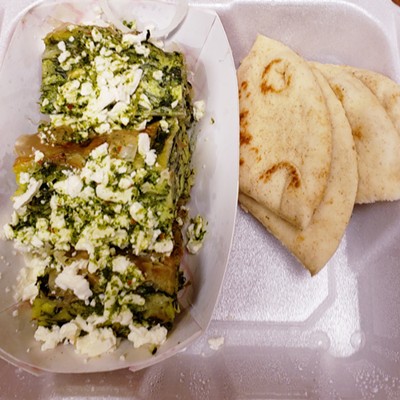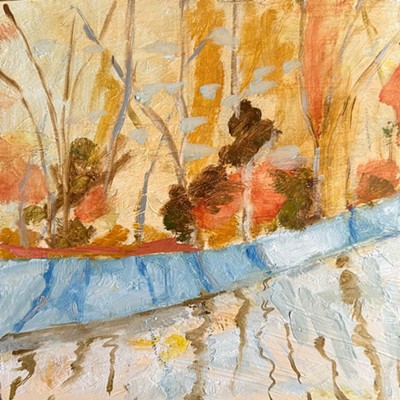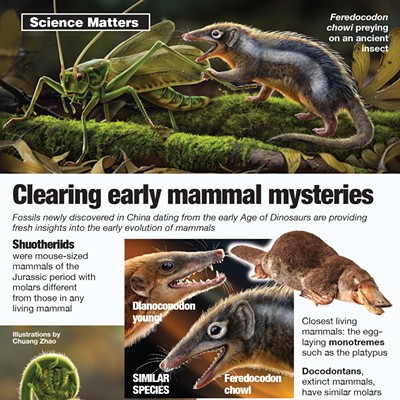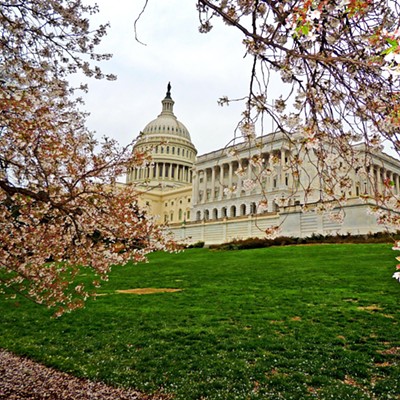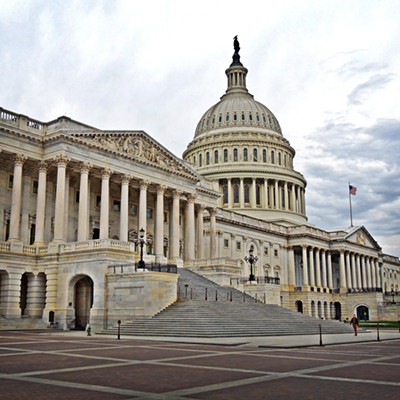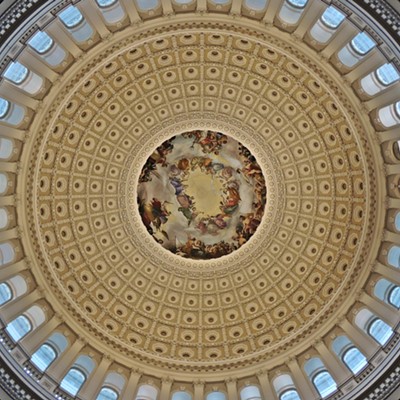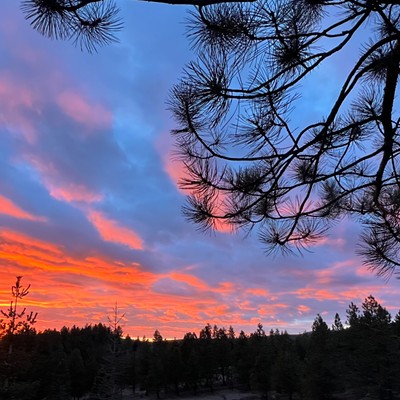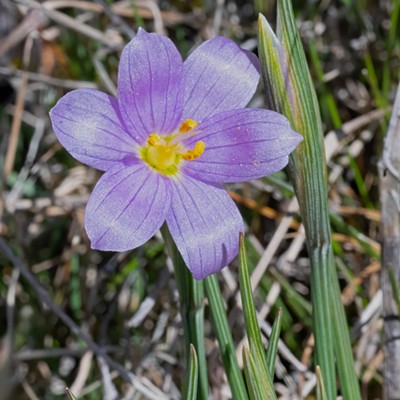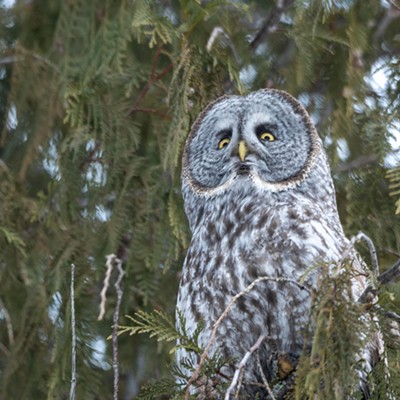Summer dares
Exploring the area's rivers
By Eric Barker ebarker@lmtribune.com
With its bounty of rivers that pour from its mountainous heart, Idaho is known as the whitewater state — a playground for rafters and kayakers.
But it also offers more relaxed, splash-and-giggle floats that can be pulled off with nothing more than a inner-tube.
Running the rapids
Thrill-seeking whitewater junkies have plenty of options, including the Lochsa, Selway, Lower Salmon and Snake rivers. These generally require permits, specialized equipment and a high degree of skill. But first-timers can enjoy the rolling rapids by going with an outfitter. Guided day trips are available on the Lochsa River near Lowell and the lower Salmon River near Riggins; multi-day trips can be had on the Snake River in Hells Canyon, the Selway and lower Salmon rivers.
Novices looking to go on self-guided trips can rent the proper equipment from the outdoor programs at the University of Idaho, Washington State University or Lewis-Clark State College. For safety’s sake, it’s best for people new to whitewater to partner with experienced river-runners. Personal flotation devices are a must.
Taking the easy way down
If sipping a cold beverage during a lazy float is more your style, the Clearwater River upstream of Orofino, the lower end of the St. Joe River near Avery and Calder and the Snake River south of Asotin are tubing hot spots.
On the Clearwater, put in at the Five Mile Creek access site, at mile marker 54.3 on U.S. Highway 12, or Gold Rush Beach, at mile marker 53, and float to Zans boat ramp at mile marker 49.5. For a longer float, start farther up river. Remember, the Clearwater downstream of Orofino is cold because of frigid water coming out of Dworshak Reservoir, making it unpleasant for tubers or swimmers. On the St. Joe, popular floats include Huckleberry Campground to Calder or Avery to White Flats.
The Snake River south of Asotin is a good place for tubing, but be careful of the powerful flows at Capt. John and Capt. Lewis rapids, as well as the heavy power boat traffic.
As with rafting, tubers are advised to wear PFDs.
Double dare: Go dressed as pirates
VIDEO Lochsa River madness
https://youtu.be/CoT3DrFs7R8
RENT IT LCSC Float-N-Tote WSU Outdoor Rental Center University of Idaho Outdoor Program Rental Center
Touring the Snake River By Dominique Wald and Jennifer K. Bauer arts@inland360.com Grab the sunblock, because this summer you could discover the mysteries of the remote sections of the Snake River.
The 1,000-mile long river that starts in Yellowstone National Park runs through Hells Canyon, North America’s deepest river gorge, which measures a mile and a half from the river bottom at Granite Creek Rapids to the tallest peak. The canyon is mostly inaccessible except by boat and outfitters offer a variety of tours.
Scientists from around the world have traveled to the canyon to try to decipher the secrets of its American Indian petroglyphs. Sightings of bighorn sheep, mountain goats, deer and other wildlife are common. Guides also share stories of hearty homesteaders, abandoned mines, ghost towns and shipwreck sites. Tours include half or full-day options, a river dinner cruise and overnight stays in rustic lodges or on sandy beaches.
If you’re looking for something to pump your adrenaline, try a jet boat or rafting tour (see below). For those seeking a more peaceful and quiet outing, fishing is the way to go. The river is world-renowned for its trout, bass, sturgeon, salmon and steelhead. You can start planning your trip at hellscanyonvisitor.com.




